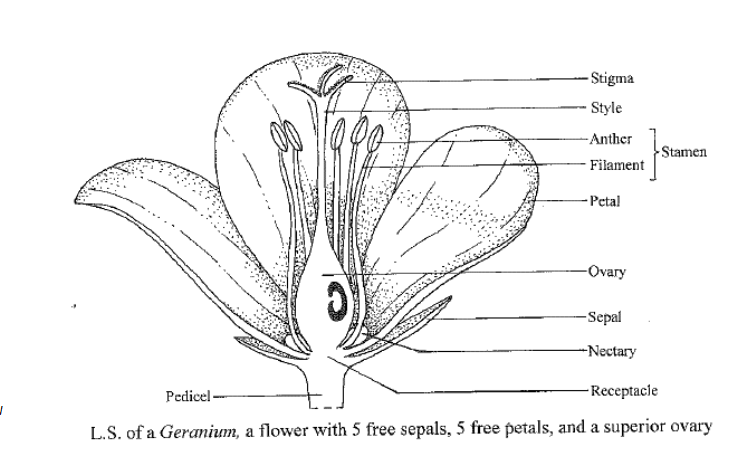Plant Taxonomy
1/15
There's no tags or description
Looks like no tags are added yet.
Name | Mastery | Learn | Test | Matching | Spaced |
|---|
No study sessions yet.
16 Terms
Carolus Linnaeus
sweedish botanist
came up with binomial name
The system of naming
Binomial System of Nomenclature
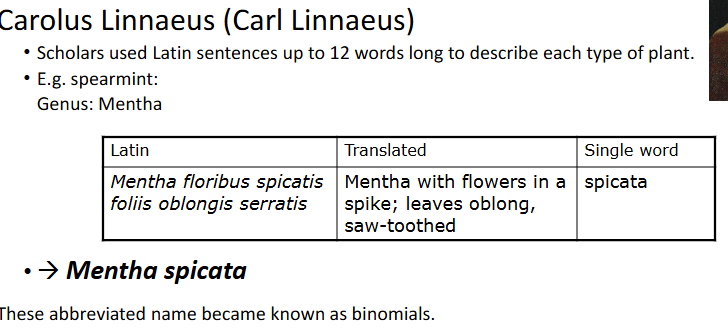
Binomial nomenclature
A system for giving each organism a two-word scientific name
Zea mays: species
Both names must be:
underlined (separately) (when writing in ink) or
italicized (when typing/soft copy)
Genus name can be used alone to designate all species in the genus
Specific epithet, designate the species, usually a word that describe some particular quality of the organism, never used alone, always preceded by the full or abbreviated generic name
Specific epithet can be used in more than one genus
Citation of Author’s Name
A complete botanical/scientific name for a particular plant, it must be followed by the name of the person who have identified and described the plant
• E.g Sesamum indicum named by Linnaeus → Sesamum indicum L.

Genus
Genus name represents a group of plants with similar characteristics
In evolutionary terms the genus name represents a common ancestor for all the plants contained in the genus
Species
The species is the basic unit of classification
It represent a sub-group of one or more plants within the genus; with similar characteristic
Subspecies (subsp.)
Geographically distinct population within a species that evolve by natural selection
Display certain characteristics that distinguish them from other population of the same species
If they can interbreed, they are not truly separate species but are known as subspecies
Variety
Within a species there can be minor characteristics that differ from the usual characteristics of the species
The variations can occur either naturally through cross fertilization of plants or deliberate breeding of plants
These characters do not have a clearly defined geographical or ecological distribution.
A naturally occurring variety is referred to as variety.
A bred variety is referred to as cultivar (cultivated variety)
E.g. Eucalyptus ovata var. grandiflora
Cultivars
Plants that are produced using techniques such as selective breeding, in an effort to produce a better or more attractive varieties.
Cultivar is an abbreviated form of cultivated variety
The cultivar name will be chosen by the breeder and will therefore be in the native language
Bougainvillea glabra ‘Singapore Pink’
Papaver orientalis ‘Mrs Perry’
Hybrid
Hybrids results from the sexual reproduction or interbreeding between different varieties, species or genera (singular genus).
It mostly of related species, almost always in the same genus.
E.g. Eucalyptus camaldulensis x E. ovata
Hybrid between two different species has an ‘x’ placed in front of the species name
Magnolia x soulangiana
Hybrid between two different genera has an ‘x’ placed in front of the genus name, e.g x Osmaria burkwoodii
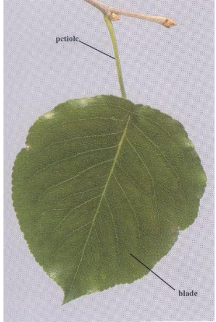
Leaf type?
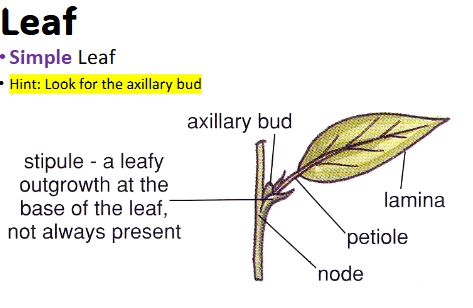

Leaf type?
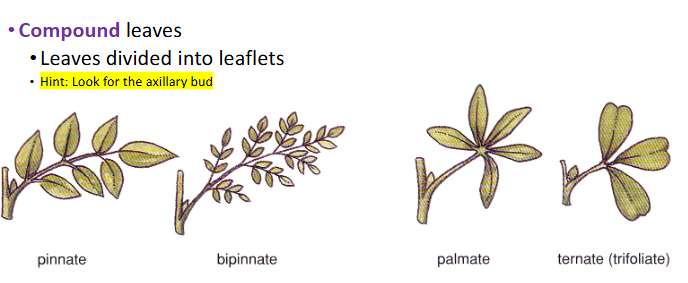
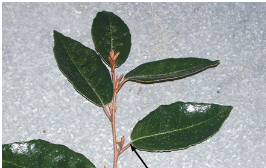
Leaf arrangement?

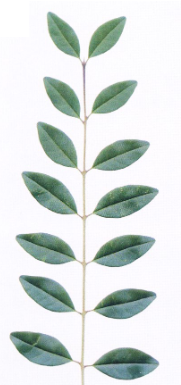
Leaf arrangement?
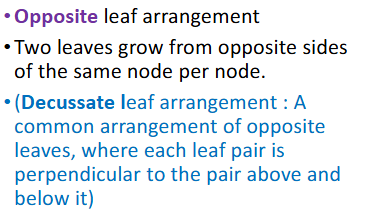
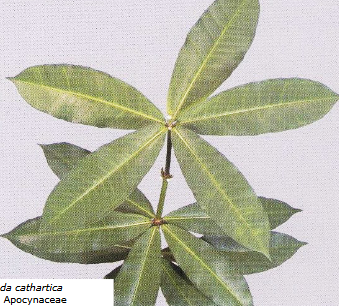
Leaf arrangement?

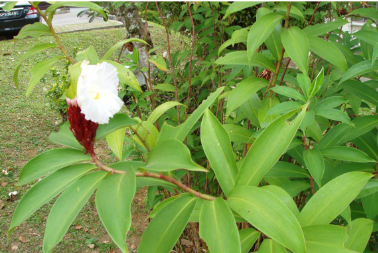
Leaf arrangement?
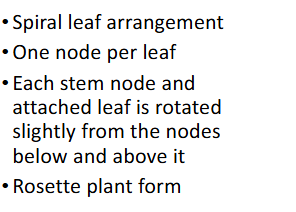
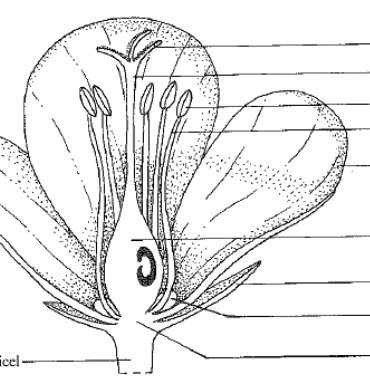
Flower parts?
